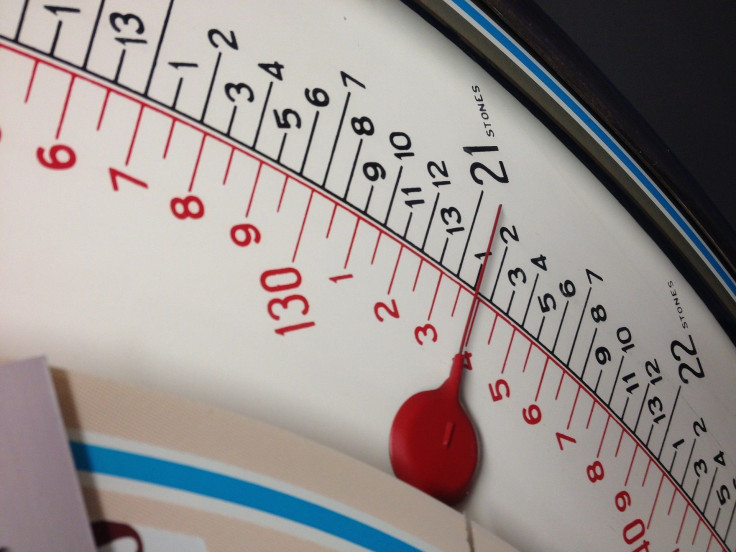Lose Weight Fast: What's The Safest Number Of Pounds You Can Lose In A Day? Week? Month?

If you are trying to shed some pounds, the weight cannot come off fast enough. But when you’re changing your body, there is a limit to what you can do without seriously harming your health. Where that limit is exactly is not always clear.
Rapid weight loss can have some nasty side effects, and it's also not effective: people who drop a lot of weight quickly tend to gain it back — and then some — because they have not committed to important lifestyle changes that will support their lower weight.
Livestrong lists fatigue, nausea, diarrhea, constipation, gallstones and hair loss as potential side effects from pounds lost quickly. Malnutrition, which would stem from a weight loss plan that severely restricts your diet, can also make you dizzy and fatigued, but the U.K.’s National Health Service adds it can lead to trouble concentrating or keeping warm, and depression. Not having enough necessary nutrients also leaves you more susceptible to infection. And women who are underweight or malnourished have the additional concern of not menstruating properly.
Read: How Fast Can You Reshape Your Body With Exercise?
But those side effects come from weight loss speeds that don’t sound all that fast: Livestrong puts them at 3 pounds or more in a week, and places that on par with eating fewer than 800 calories per day. The weight loss should be more gradual than that, according to experts. “A person's approach to weight loss should be one that is enjoyable and can be maintained over the long term,” Live Science says. “Guidelines recommend that people start out with a goal of losing 5 to 10 percent of their body weight over six months.”
For a person who is 250 pounds and looking to achieve a healthier weight, that would mean losing 12 to 25 pounds in six months, or about 2 to 4 pounds a month. A pound or less a week doesn’t sound like much but it adds up. And it’s a typical recommendation. The Mayo Clinic suggests losing 1 to 2 pounds a week, although it adds that some safe diets can start with a person shedding several pounds in the first couple of weeks and then maintaining a steady weight loss of 1 to 2 pounds a week after that.

Another reason gradual is the way to go is that your body may hold onto fat and start burning water and muscle when it thinks it is starving, Women’s Health explains. To make matters worse, it’s harder to burn calories when you’ve lost muscle mass.
With weight loss, as is the case with many things in life, slow and steady wins the race.
See also:



























